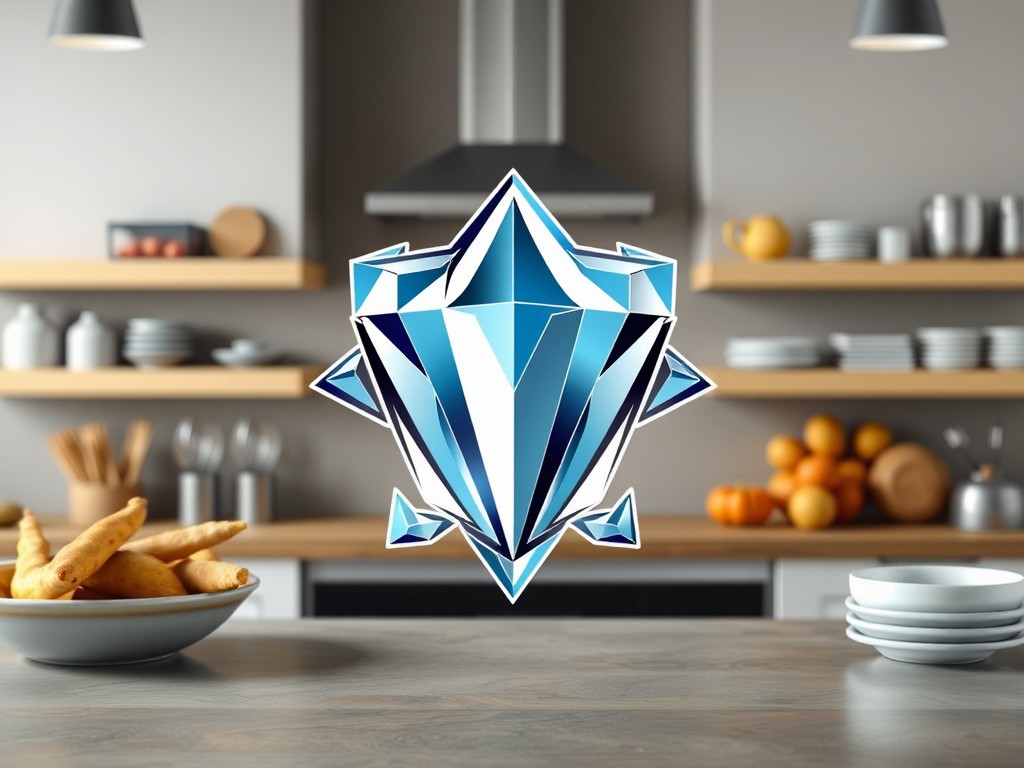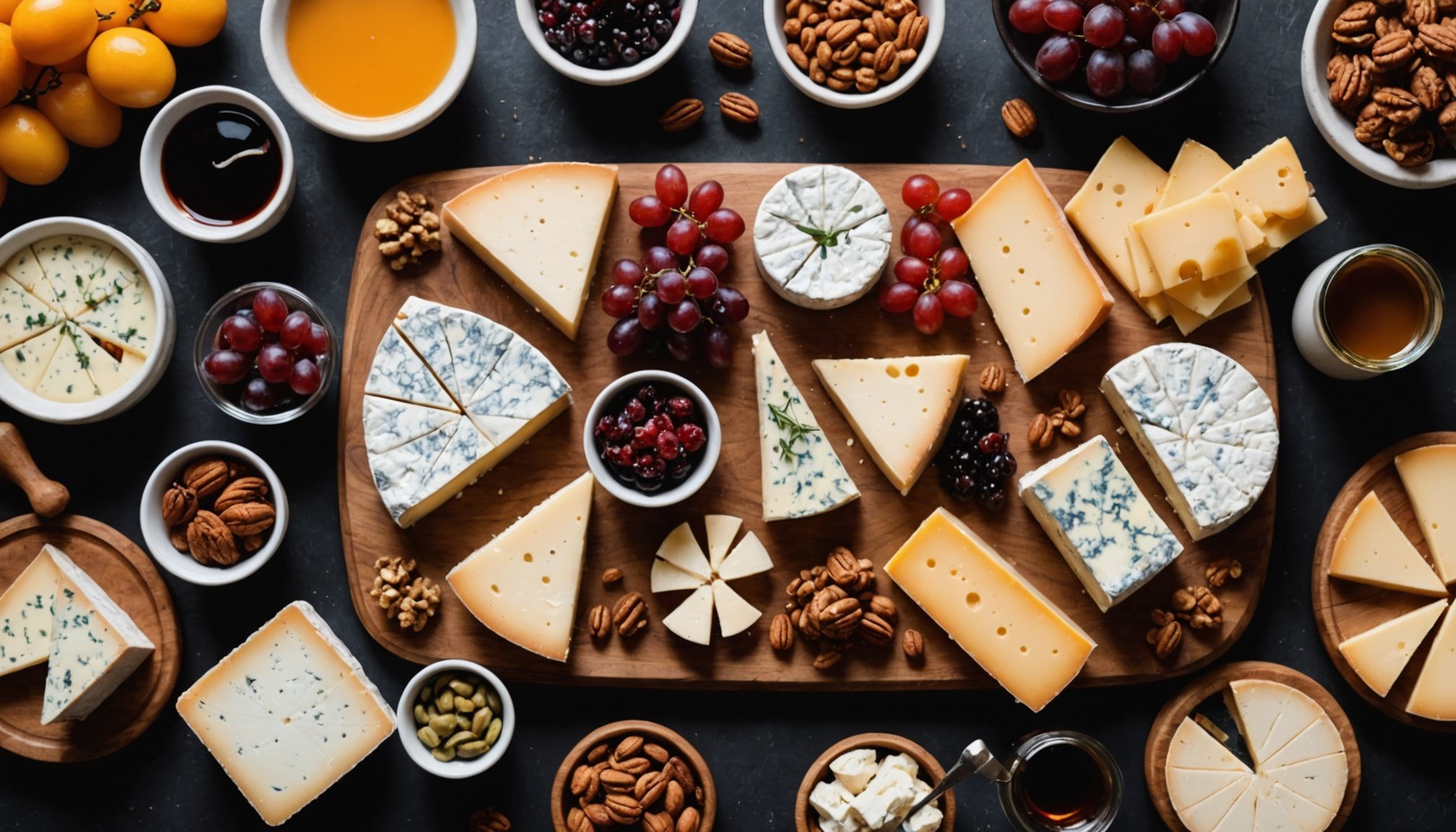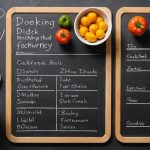Mastering the Art of Cheese Boards: A Guide to Selecting the Perfect Board for Your Next Gathering
When it comes to hosting a gathering, whether it's a casual dinner party or a more formal event, a well-crafted cheese board can be a standout feature that impresses and delights your guests. Here’s a comprehensive guide to help you master the art of creating the perfect cheese board.
Understanding the Basics of a Cheese Board
Before diving into the specifics, it's essential to understand the core elements of a cheese board. A cheese board, often referred to as a charcuterie board when it includes meats, is more than just a selection of cheeses; it's an experience that combines flavors, textures, and visual appeal.
Additional reading : Maximize Energy Savings: Best Strategies for Using Your Dishwasher During Peak Hours
Timing and Placement
In French dining culture, the cheese course is typically served after the main course and before dessert. This placement allows guests to savor the complex flavors of cheese without overwhelming their palates at the start of the meal.
Selecting the Cheeses
Choosing the right cheeses is crucial. Here are some key considerations:
Also read : Mastering Time: Your Guide to Selecting a User-Friendly and Precise Kitchen Timer
- Variety: Aim for a mix of textures and flavors. Include at least one soft cheese and one hard cheese to provide a diverse experience.
- Number: Three to five cheeses are typically sufficient. This allows for variety without overwhelming your guests.
- Origin: Consider including cheeses from different milk sources (cow, goat, sheep) for a well-rounded selection.
Building Your Cheese Board
Presentation is Key
The presentation of your cheese board can greatly enhance the dining experience. Here are some tips:
- Serving Method: You can either pre-slice the cheeses or present them whole for guests to cut themselves.
- Temperature: Always serve cheese at room temperature. Remove it from the refrigerator a few hours before serving to allow the flavors to develop fully.
- Accompaniments: Bread is essential. A simple baguette is perfect. You can also include fruit, nuts, or preserves to complement the cheeses.
Essential Accompaniments
Here are some popular accompaniments that can elevate your cheese board:
- Bread and Crackers: A variety of crackers, such as water crackers or wheat thins, and a baguette or artisanal bread.
- Fruits: Grapes, apples, and berries add natural sweetness and freshness.
- Nuts: Almonds, walnuts, or pecans provide a satisfying crunch.
- Preserves and Jams: Fig jam, quince paste, or honey can add a sweet and tangy contrast to the cheeses.
Adding Charcuterie and Other Elements
Incorporating Cured Meats
Charcuterie boards are a quintessential way to enjoy cheese, with cured meats adding a savory and often smoky flavor that pairs perfectly with a variety of cheeses.
- Aged Gouda and Prosciutto: The caramel-like sweetness of aged Gouda complements the delicate saltiness of prosciutto.
- Parmigiano-Reggiano and Salami: The nutty, granular texture of Parmigiano-Reggiano pairs well with the robust flavors of salami.
Vegetarian Options
For a vegetarian charcuterie board, focus on a variety of cheeses, fruits, vegetables, and nuts.
- Cheese: Include a variety of cheeses like cheddar, brie, or goat cheese.
- Fruits: Grapes, apples, mangoes, and pineapple.
- Vegetables: Broccoli, baby carrots, radishes, and bell peppers.
- Nuts: Almonds, pistachios, or walnuts.
- Dips: Hummus or other plant-based dips add a creamy element.
Wine Pairing and Other Beverages
Perfect Wine Pairings
The right wine can enhance the flavors of your cheese board. Here are some recommendations:
| Wine | Cheese Pairing |
|---|---|
| Riesling | Pairs well with soft cheeses like Brie or Camembert |
| Beaujolais | Complements the flavors of aged cheeses like Cheddar or Gouda |
| Champagne | Pairs wonderfully with many cheeses, especially blue cheeses like Roquefort |
| Red Bordeaux | Suitable for strong, aged cheeses like Parmigiano-Reggiano |
Often, the wine served with the main course is continued through the cheese course. However, if you’re opening a new bottle, consider these options.
Other Beverages
In addition to wine, other beverages can also complement your cheese board:
- Tea: A herbal tea or a light black tea can pair nicely with milder cheeses.
- Coffee: For a dessert cheese board, a cup of coffee can be a perfect match.
- Fresh Juice: A glass of fresh fruit juice, like apple or grapefruit, can add a refreshing touch.
Etiquette and Serving Tips
Cutting and Serving
Understanding cheese course etiquette will help you and your guests navigate this part of the meal gracefully:
- Cutting: Each cheese shape has a proper cutting method. For example, round cheeses should be cut in thin wedges from the centre outward.
- Serving Order: Traditionally, the cheese platter is passed around for guests to help themselves. Alternatively, you can serve individual plates if preferred.
- Tasting Order: Encourage guests to taste from mildest to strongest flavored cheeses. Generally, this means starting with fresh and soft cheeses, progressing to aged and hard varieties, and finishing with blue cheeses.
Creating Visual Appeal
Arranging Your Board
The visual appeal of your cheese board is just as important as the flavors. Here are some tips to make your board visually appealing:
- Mix Colors and Textures: Use a variety of colors and textures to make the board visually striking. Think bright greens from veggies against yellows from fruits.
- Keep it Close: Arrange ingredients close together to create an inviting look.
- Add Garnishes: Fresh herbs, edible flowers, or pomegranate seeds can add a pop of color and freshness.
Practical Tips and Examples
Building a Themed Board
Creating a themed board can add an extra layer of fun and creativity. Here are a few ideas:
- French Bistro: Include classic French cheeses like Brie, Camembert, and Roquefort, paired with baguette slices and French wine.
- Italian Feast: Feature Italian cheeses such as Parmigiano-Reggiano and Mozzarella, paired with prosciutto and Italian olives.
- Spanish Tapas: Include Spanish cheeses like Manchego and Idiazabal, paired with chorizo and olives.
Using the Right Serving Tools
The tools you use to serve your cheese board can also enhance the experience:
- Cheese Plate: A marble slate or acacia wood cutting board can add a touch of elegance.
- Cheese Knives: Use a variety of cheese knives to cut different types of cheese correctly.
- Garnishes: Use small bowls or ramekins for dips and spreads, and small plates for meats and crackers.
Creating the perfect cheese board is an art that combines flavors, textures, and visual appeal. By selecting a variety of cheeses, adding complementary accompaniments, and paying attention to presentation and etiquette, you can elevate your gathering into a memorable culinary experience.
As Ned Palmer, author of “A Cheesemongers’ Tour de France,” notes, "The key is to enjoy the experience and savor the complex flavors that a well-curated cheese selection can offer."
So, the next time you're planning a gathering, take the time to craft a cheese board that will delight your guests and leave a lasting impression. Remember, the art of cheese boards is not just about the food; it's about the experience and the joy of sharing it with others.











